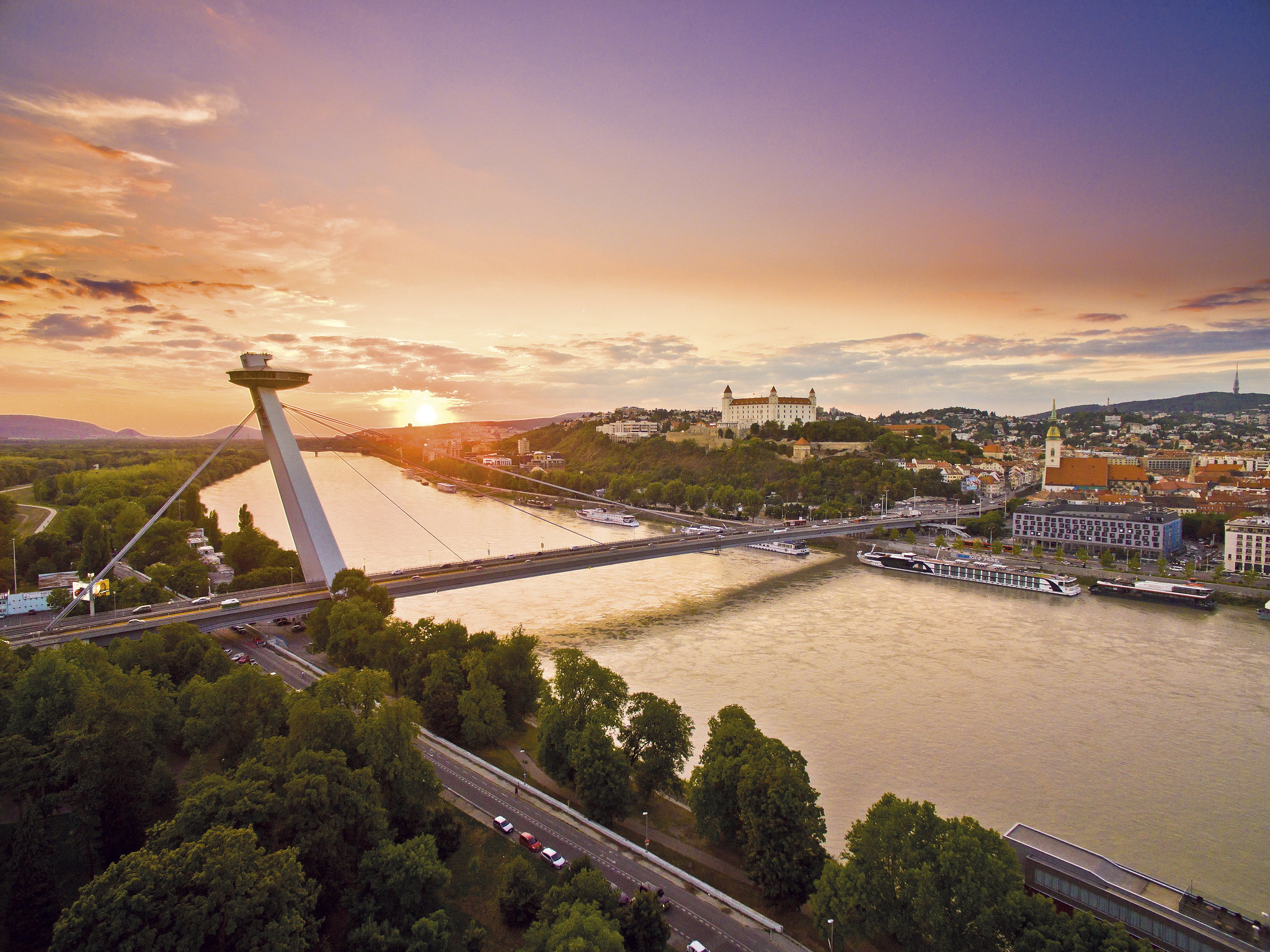Slovakia is a special country. Even in such a small area, you’ll find everything from natural treasures and historical monuments to rich folk culture and modern entertainment in the busy city streets. Enjoy the beauty and unique atmosphere that Slovakia has to offer. Explore its splendid natural scenery, rich history, culture, and traditions.
Bratislava is the most popular gateway to Slovakia, from which the country reveals itself in the most amazing ways, with age-old traditions and dialects united by the Slovak language (also known as Slavic Esperanto). The land rises from the southern lowlands to awe-inspiring 2,000-metre peaks in the north, with over two million hectares of forests abundant with fauna, flora, and freshwater. The country is dotted with over 180 castles and ruins, as well as UNESCO listed monuments – and is the perfect place for exploring, enjoying inspiring views, and reliving by-gone times.
Bratislava
From a small settlement over 1,000 years ago, Bratislava has steadily grown over the millennia to straddle both banks of the Danube. A crossroads for trade routes, the capital of several countries, and a thriving melting point of cultures and languages from the city’s Slovak, Czech, Hungarian, German, and Jewish residents. The euphoria that followed the fall of the Iron Curtain (1989) inevitably led to a period of retrospection and introspection, yet ultimately a positive wave of creative forces and inspiration propelled society forward with confidence and commitment. Few places typify this generational reappraisal better than SNP Bridge (New Bridge): its landmark tower used to host dinners for socialist big-wigs, but has been reimagined and repositioned as a glorious technicolour city viewpoint – known as the ‘UFO’ thanks to its rather intergalactic look. Walk around Bratislava and discover its distant and not-so-distant history – an intoxicating blend of classic, socialist and contemporary architecture…Picturesquely set between the green hills of the Small Carpathians, the city also has plentiful opportunities for running, hiking, cycling, and scooter-hire – with a fast and efficient public transport system.
AROUND CASTLE HILL
Bratislava Castle – standing tall and proud and watchful over the historic city below – is the city’s dominant landmark and photo opportunity: with stunning views of the town and shimmering Danube from the castle’s ramparts. Be sure to check out the Gothic 15th century Sigismund Gate and the statue of a beautiful witch with ravens. Leisurely wander the Old Town’s cobbled streets and atmospheric alleys, towering spires and hidden gardens, winding stone steps, and Baroque buildings.

